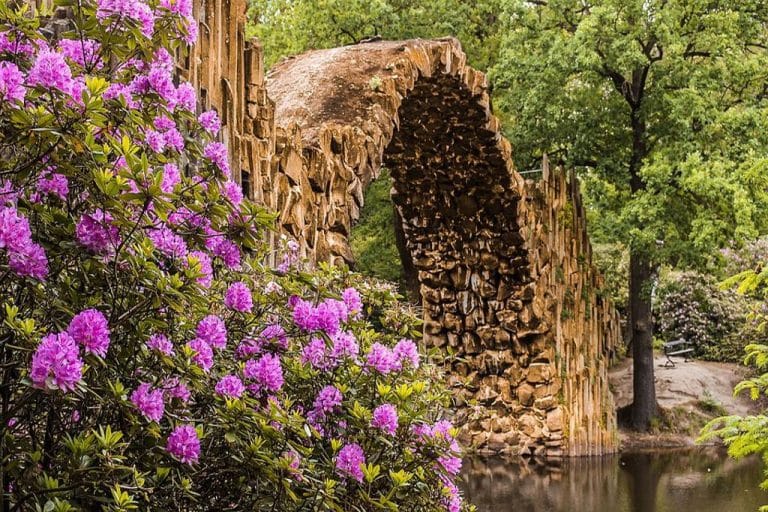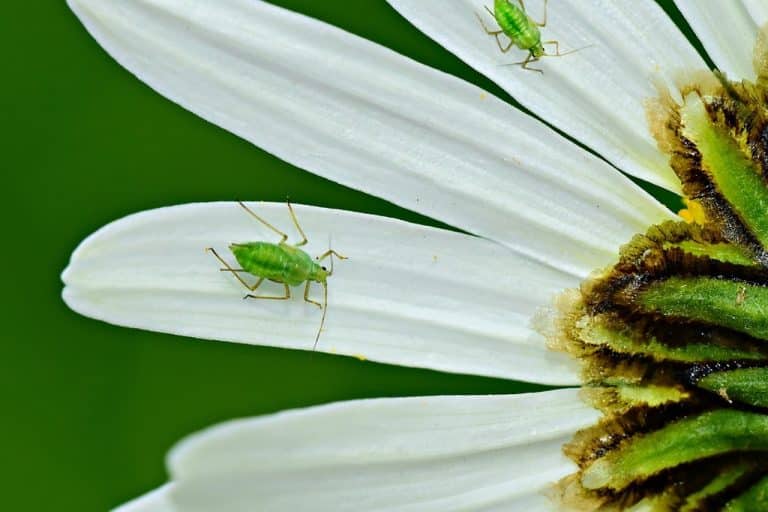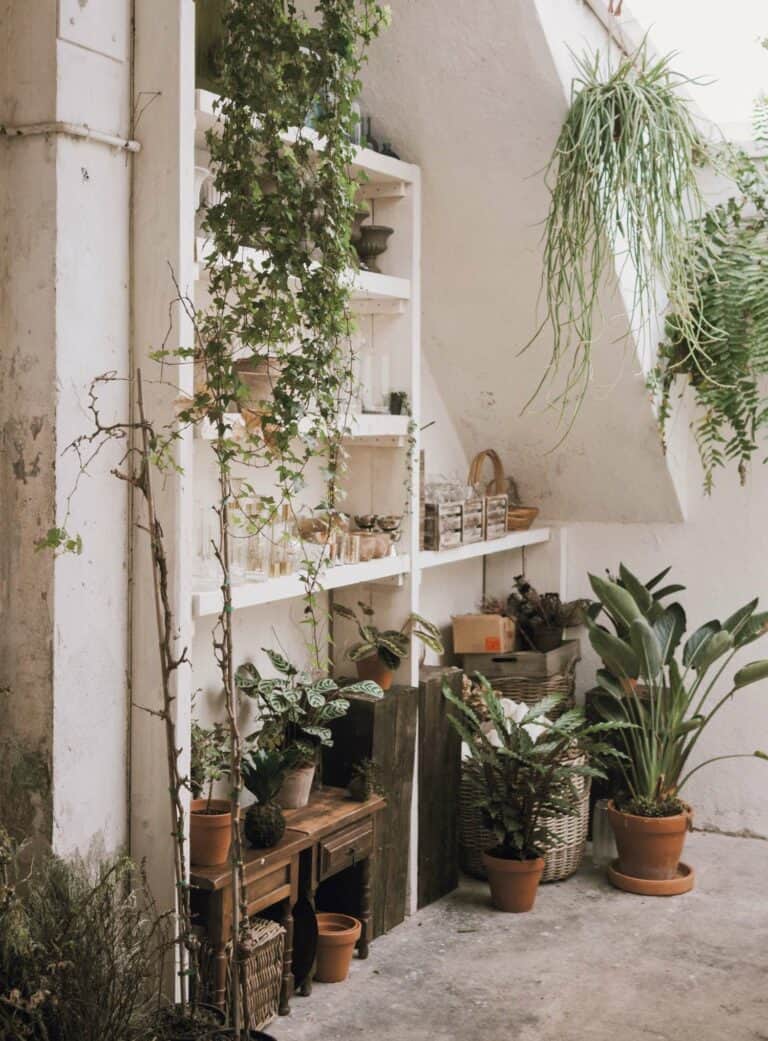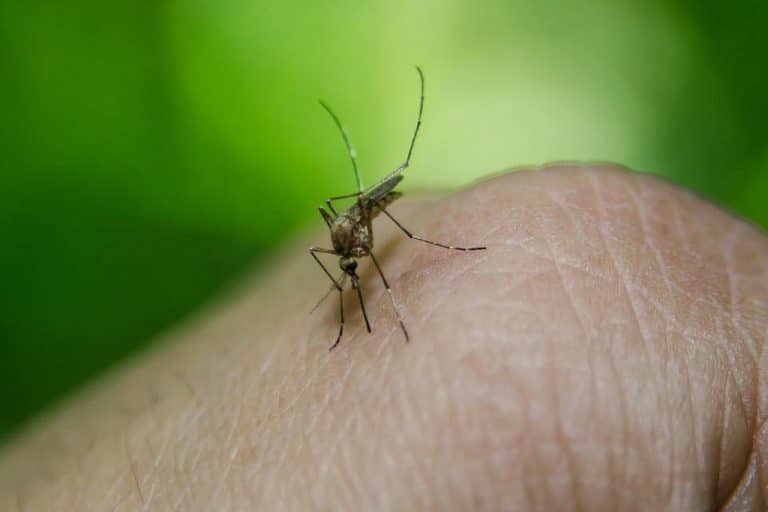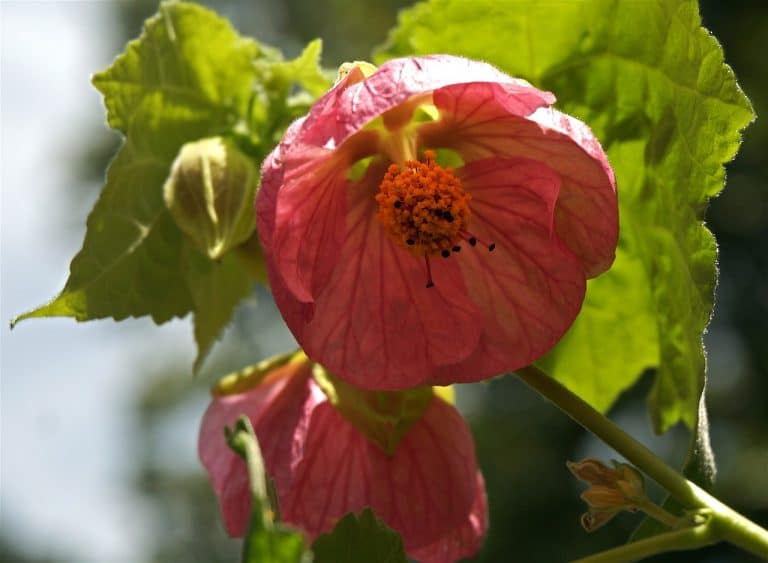How to grow Caladium at home | from tubers to beautiful leaves
The increasingly popular Caladium is a plant that definitely cannot leave you indifferent. It is ideal for adding a little color to our apartments.
In addition to the already developed plant, Caladiums can also be purchased in the form of tubers that we can successfully grow at home, and below we will go through the entire process of planting and developing Caladiums step by step.
Caladiums grow from tubers, and are active from spring to autumn when they constantly produce new leaves and flowers, after which, towards the end of autumn, they enter a state of rest. Regardless of the constant temperature that we maintain in our homes, those grown indoors Caladiums also enter a state of dormancy in winter.
So don’t be alarmed if your Caladium stagnates during the winter, if it doesn’t put out new leaves or if its leaves dry out completely – the important thing is that the tuber is healthy because it will start to grow new leaves again in the spring.
Read also: How to care for caladiums?
Caladium tuber
Before planting the tuber itself, we need to determine its upper and lower sides – because leaves will sprout from the upper side, and roots will develop from the lower side.
The lower side of the tuber is flat, while the upper side has more protruding “hilly” parts where we can see “eyes” (growth points) from which new leaves will develop.
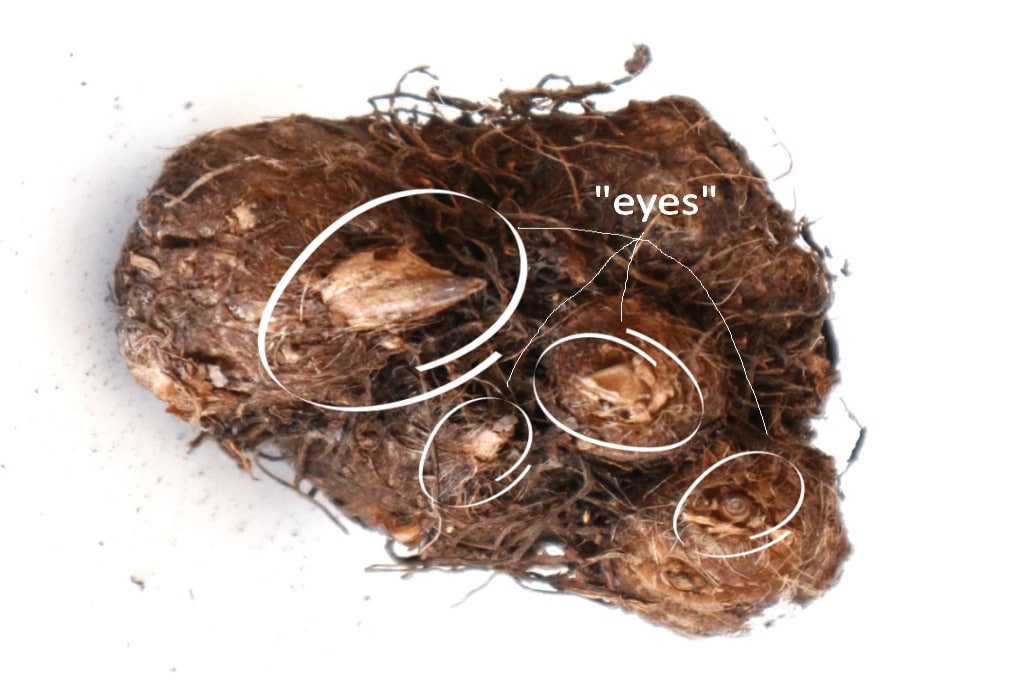
On some tubers it is easier to determine the correct sides than on others. Fortunately, nature manages even when we make mistakes, so it will work for you even if you accidentally place the tuber in the ground incorrectly. Then it will just take longer to develop.
Before planting, it is recommended to remove the main growth points (eyes, nodes) to encourage more vigorous growth. After they are removed, you should wait 24 hours before planting to allow the wounds to dry.
Conditions for the growth of Caladium
If you want to grow them indoors, you can plant them already in early spring. If you want to grow them on the balcony or in the yard, wait until the temperatures stabilize at night and do not fall below 16°C.
Caladiums require a temperature of at least a constant 20°C in order to start sprouting.If you have the option of having them outside in the shade during the summer, bring them outside – they will be very happy. It is important to choose a place in the shade so that they are not exposed to direct afternoon rays.
Caladium planting
For planting, choose a container that is 2-3 cm wider than the tuber itself. In addition, it is important that the container has drainage holes at the bottom so that excess water does not accumulate and cause the tubers to rot.
The soil in which you plant the tuber should be airy and should not retain water for too long.You can plant in a mixture of coconut fibers and zeolite or in a soil mix for houseplants that is mostly composed of peat.
There are no special differences in the speed of development and growth of the plant, however, peat dries more slowly, so the tuber can rot. That’s why it’s important to plant your Caladium in an airy substrate, just so that the soil dries faster and to avoid rotting of the tubers.
The soil must not be compact (like those for balcony plants), so it is good to add something like perlite, zeolite, pumice stone or bark.Once you have the substrate ready to plant your Caladiums, take a container and fill it with soil. Fill it up so that, after placing the Caladium tuber on it, you can add another 2 cm of soil. Then water enough to moisten the soil and put the container in a warm and sunny place.
You can plant them in the house already at the end of winter/beginning of spring, but if you want to plant them outside, you should wait until the night temperatures rise and do not fall below 16°C.While the tuber has not yet developed, watering is only necessary when the substrate is dry, more often than that it can harm and lead to rotting of the tuber – especially if the substrate in which it is planted is more compact and through which air is more difficult to circulate.
Once you plant them all it takes is a little patience.


